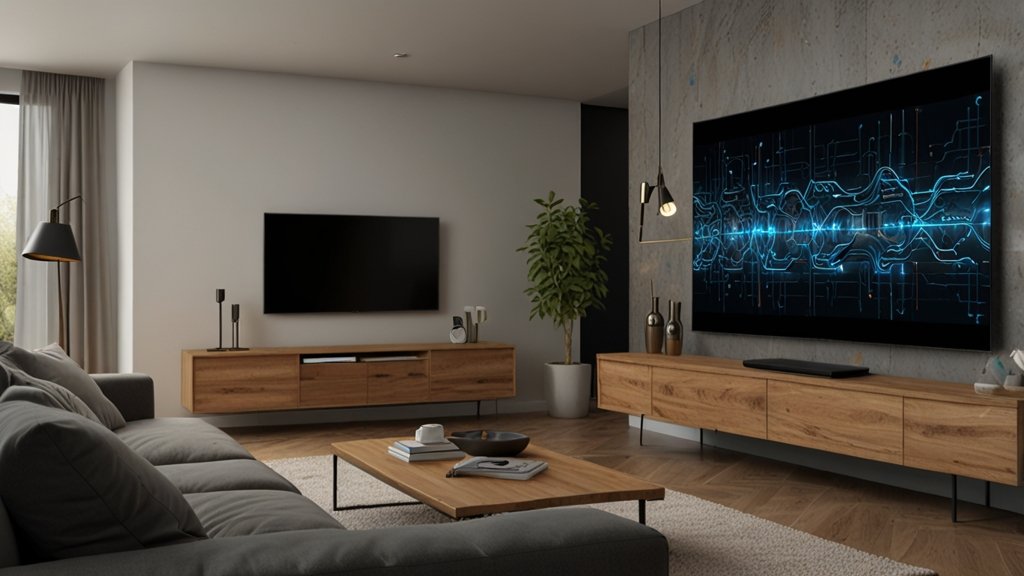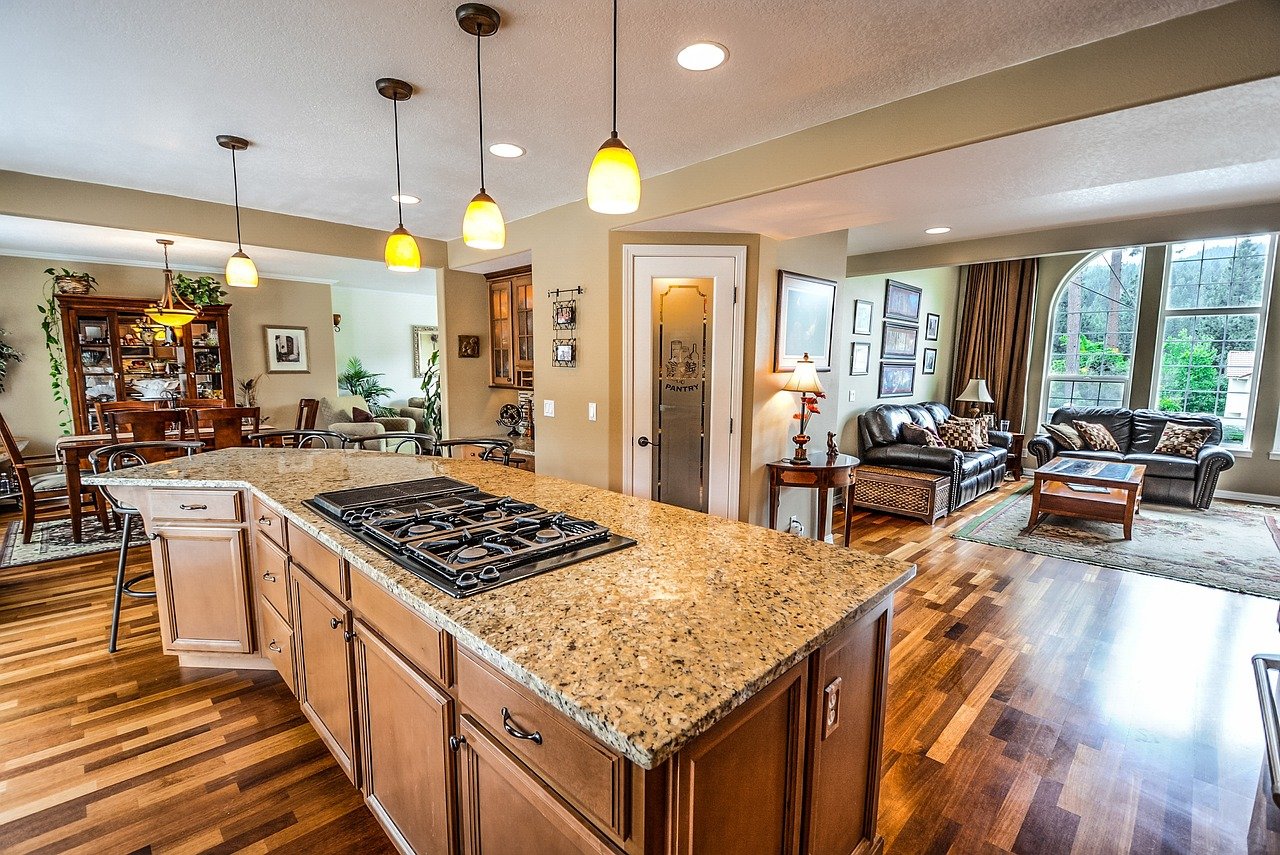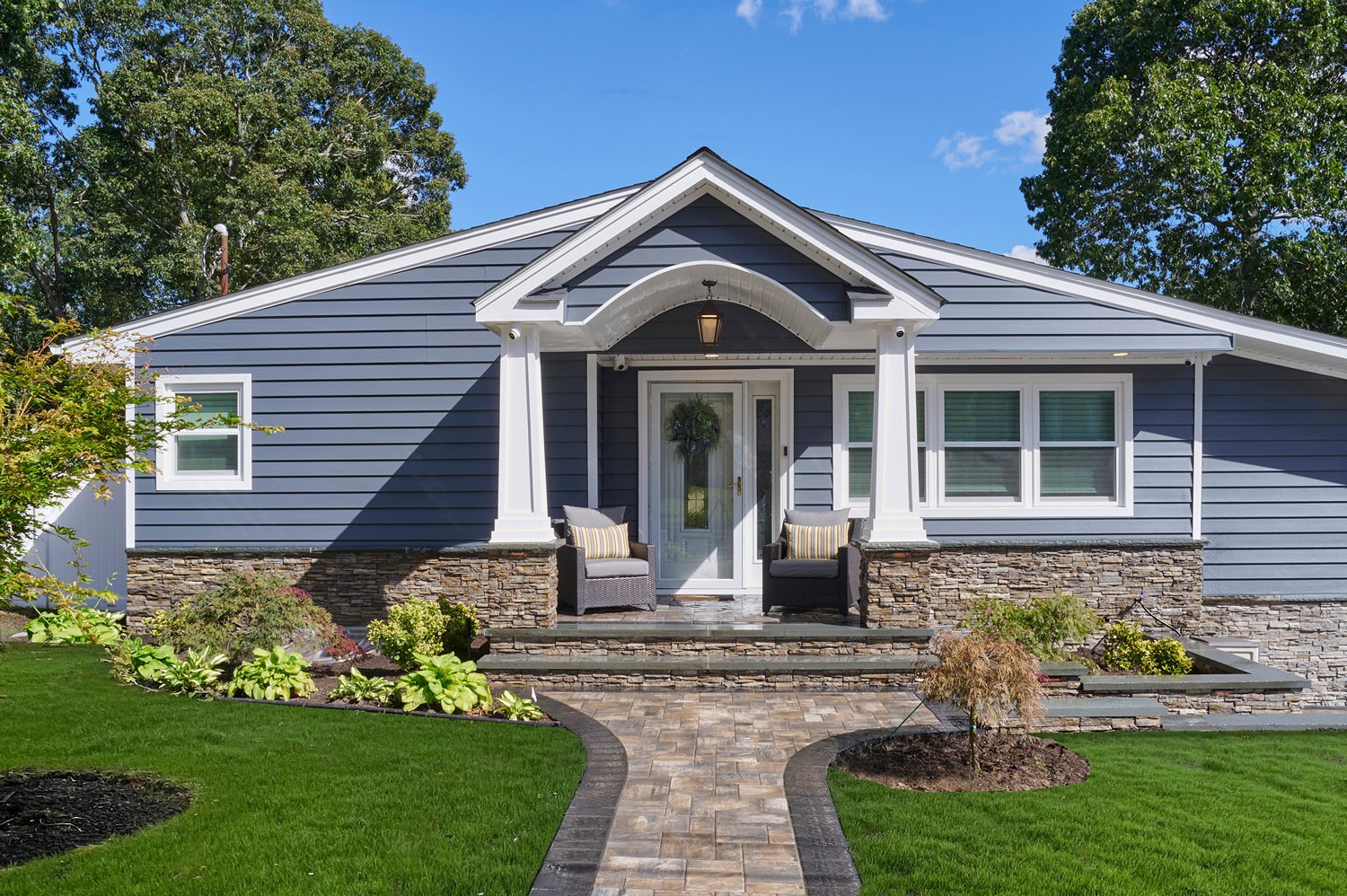In today’s world, designing electrical systems that prioritize safety and efficiency is more important than ever. With growing demand for connectivity and energy efficiency, traditional wiring methods often fall short. Smarter wiring solutions are changing the game, offering improved safety, performance, and long-term value. At the heart of this shift is low voltage design, combining flexibility, energy efficiency, and compatibility with modern technology.
What Is Low Voltage Design?
Low voltage design involves electrical systems operating at 50 volts or less. It’s commonly used for lighting controls, security systems, data networks, audiovisual equipment, and building automation. These systems are key to creating smart, energy-efficient buildings focused on safety and convenience. As smart technology grows in homes and businesses, low voltage infrastructure has become essential for seamless integration and functionality.
Why Low Voltage Matters for Safety
Low voltage design offers improved safety, reducing the risk of electrical shocks or fires. This makes it ideal for schools, hospitals, and offices where public safety and code compliance are critical. It also eliminates the need for bulky conduits and heavy insulation, generating less heat and minimizing failure points. These benefits make low voltage systems a reliable and safer choice favored by safety inspectors and contractors.
Boosting Energy Efficiency with Smarter Wiring
Energy consumption is a major challenge in building operations, with traditional high-voltage systems often causing power loss through heat and inefficiencies. Low-voltage wiring paired with energy-efficient technologies like LED lighting, occupancy sensors, and automation controls offers a smarter, more sustainable solution. These systems reduce energy use and integrate easily with solar panels, smart thermostats, and building management systems. This allows for precise energy monitoring and optimization, helping property owners cut utility costs and reduce their environmental impact.
Flexibility for Future-Proof Spaces
Technology is advancing quickly, and buildings need wiring systems that can keep up. Low voltage design provides flexibility for upgrades and expansions, making it ideal for modern infrastructure. Whether you’re adding cameras, enhancing data lines, or installing smart lighting, low voltage systems ensure smooth transitions. Unlike high-voltage wiring, which requires extensive labor and changes, low voltage setups are easy to reroute, expand, or adapt. This means lower installation and maintenance costs—an important benefit for property owners planning for growth.
Simplified Maintenance and Cost Savings
Choosing smarter wiring solutions reduces maintenance needs. Low-voltage systems are more modular, making it easier to identify and fix issues without disrupting the rest of the system. Their components also last longer due to less stress and heat, leading to lower repair costs and less downtime. For facilities like data centers, hotels, and offices, this reliability offers both practical benefits and peace of mind.
Integration with Smart Building Technologies
Smart building design is growing fast, driven by low voltage infrastructure that powers automation and control. From access control and intercoms to audiovisual systems and energy management, these innovations depend on low voltage wiring. Its network compatibility enables centralized control, simplifying operations and enhancing user experiences. With low voltage design, building managers can control lighting, security, and temperature from one dashboard—saving time and increasing convenience.
Key Areas to Apply Smarter Wiring Solutions
Some of the most common areas where low voltage design adds value include:
- Security systems – Cameras, motion sensors, and access control systems.
- Lighting – LED fixtures, dimming systems, and daylight sensors.
- Data and communication – Structured cabling for internet, phone, and network connectivity.
- A/V setups – Speakers, projectors, and digital signage.
- Building automation – Centralized control for HVAC, lighting, and alarms.
In these applications, smarter wiring enables faster installations, better energy performance, and enhanced building intelligence.
Conclusion: Smarter Wiring Is the Smarter Choice
Choosing smarter wiring isn’t just trendy—it’s a smart investment in safety, efficiency, and future-ready tech. With low voltage design, these systems help property owners, architects, and builders create secure spaces ready for future advancements. Smarter wiring boosts performance, cuts energy costs, and improves the user experience in any environment.
READ ALSO: Backyard Restoration Made Easy: Tips for a Gorgeous Outdoor Space










